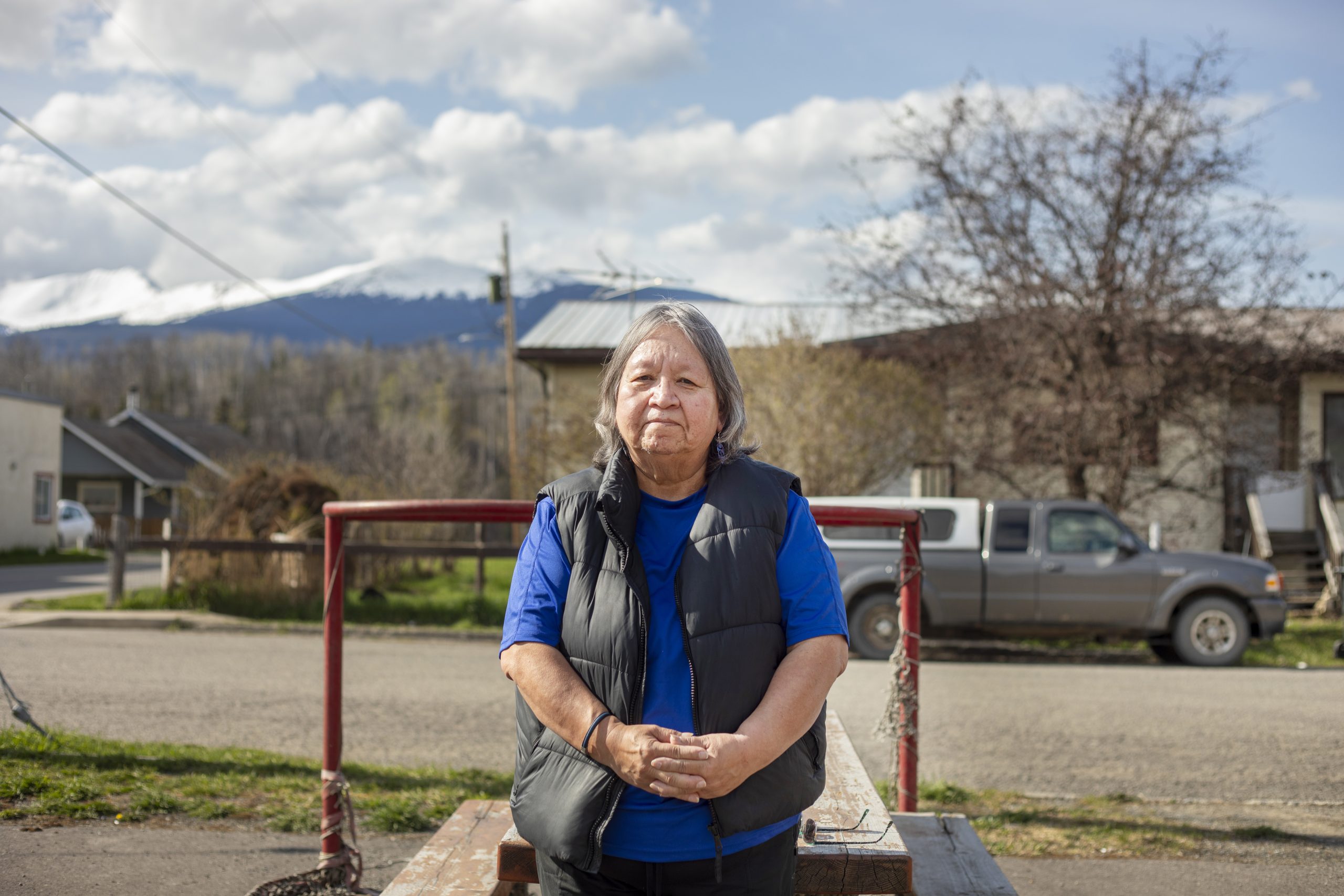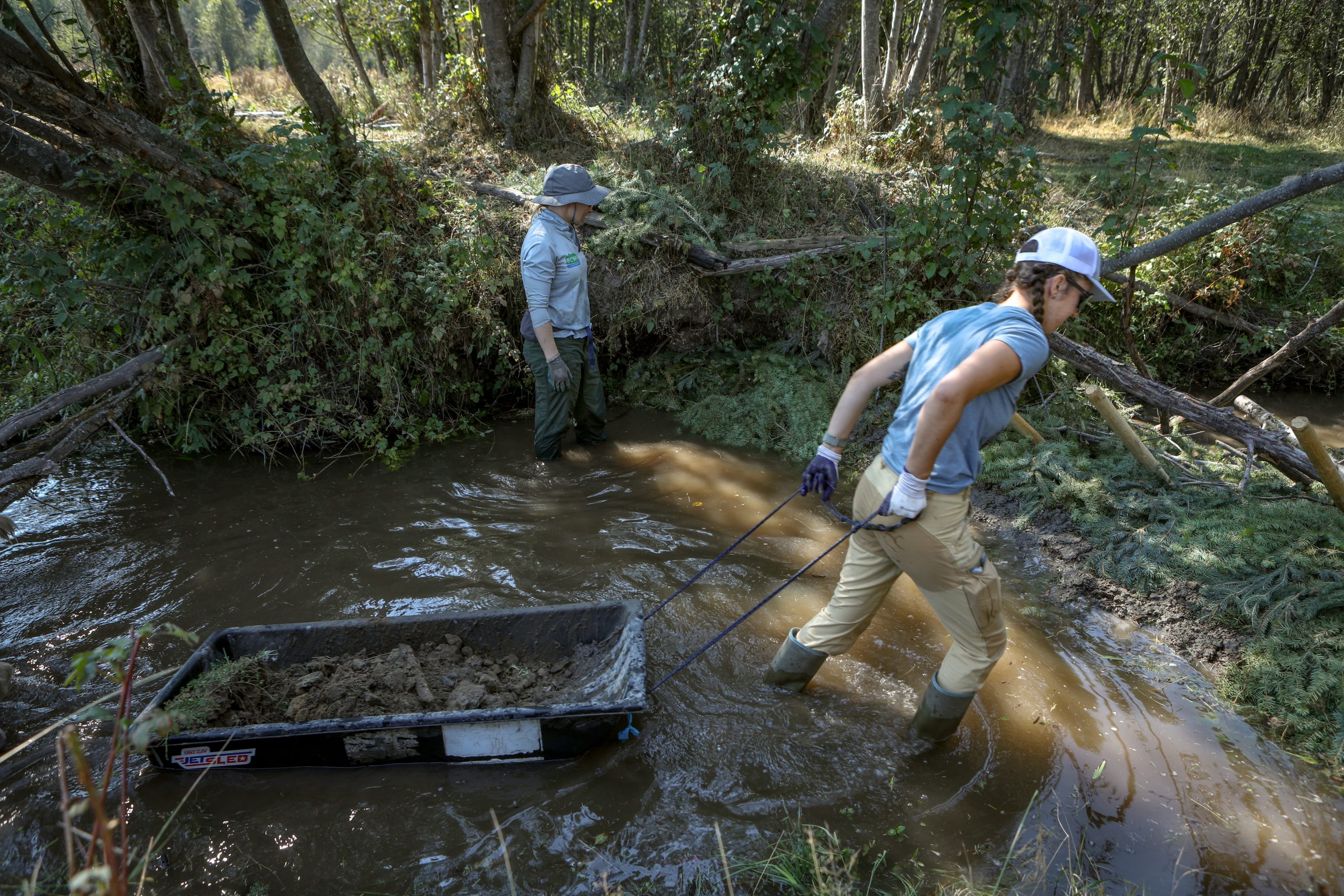Gitanmaax charts a tough course ahead to keep kids in community
How a First Nation’s visionaries are rebuilding sovereignty over child welfare on their own terms

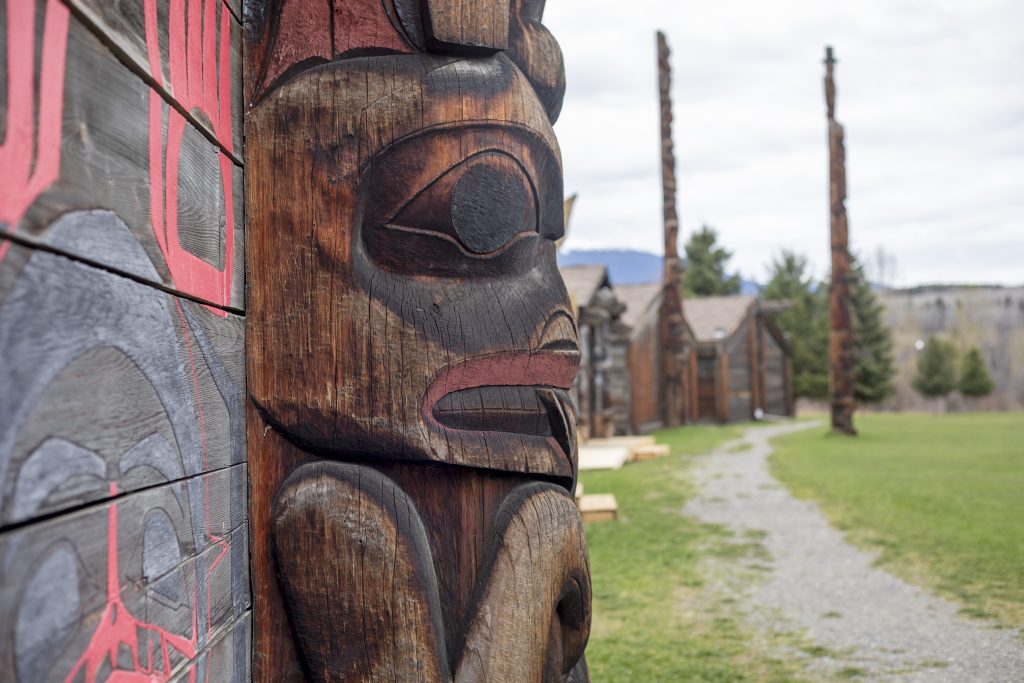
This is the third story in a three-part series about child welfare jurisdiction in Gitanmaax. You can read the first two parts here and here.
Jessica Tait’s fight to have her niece returned to the Gitanmaax Band under her care seemed, at the time, like a single challenge.
She never imagined it would set her on a path to supporting countless other families.
In 2015, Tait’s niece was placed in foster care with a white family, despite the First Nation’s efforts to keep her in the community.
After nearly a decade of legal struggles, Tait was finally granted permanent custody in 2023.
That same year, she learned that her own community, Gitanmaax, was applying for jurisdiction over child welfare — a direction that aligned closely with her values.
Tait felt a strong pull to be a part of that effort.
She was already helping children in Kispiox, a 20-minute drive away, where the band manager had asked her to go to court on its behalf, just as she once had for her niece.
“I’ve gone full circle, I guess, because now I do what Gitanmaax was doing for us,” said Tait. “I fight for other families.”
Working for Kispiox meant working within Gitxsan Child and Family Services, a delegated agency where the province still held the final say — often at odds with what communities wanted for their children.
Gitanmaax’s move to assert its own jurisdiction, she felt, offered a way out of “the uphill battle with the ministry.”
Tait now leads the family preservation team at Wila Dildilsdi’m — the Gitanmaax Band’s new family services department.
Her staff, composed largely of Gitxsan members, visits families, children, and schools, offering support and cultural activities such as beading with high-risk Youth.
The goal is to keep Gitanmaax kids safe and, whenever possible, have them grow up within their own community, not the provincial system.
She also serves as Wila Dildilsdi’m’s First Nations representative, attending every family court hearing involving a Gitanmaax child.
Judges now refuse to proceed unless Tait has signed a consent form, said Chief Kirsten Barnes, who is also a lawyer with the B.C. First Nations Justice Council.
“They know Gitanmaax will always have a representative,” she said.
Barnes’ mother, Chief Marjorie McRae was one of three Gitxsan women, who, in the 1980s, voluntarily put themselves on call for every home visit the Ministry of Children and Family Development (MCFD) made.
“Her goal was always to reclaim that jurisdiction, that authority, and that legal agency over our own children,” said Barnes. “Because it was her belief, and it’s my belief as well, that we have all the answers we need here in our community, and that we know what is best for our children and our families.”
‘No ministry worker should be visiting’ without Gitanmaax rep present
As soon as a child who is either registered or affiliated with Gitanmaax is brought into care, says Tait, her department must be notified.
“No ministry worker should ever be visiting someone without one of us there,” she said.
This continues protocol dating back to the 1980s, where three Gitxsan community members made a formal agreement with MCFD to involve the community in every case.
It’s a little easier now than in the ‘80s. Tait often joins calls virtually when children are in the south, or attends in person if they’re local. But a lot of the job, says Tait, “just feels like fighting.”
Most of Tait’s day-to-day, she says, is spent in “care plan” meetings with MCFD, a child’s parents, and their foster family, where goals for the child are set to be reviewed every six months.
Her role is to support the child and family — advocating, for example, for home visits so the child can spend time with their parents at home in their community.
But getting MCFD and foster parents on board can be a challenge, she adds.
“I feel like the ministry, just because there aren’t enough resources, treats the foster parents really well,” she said.
“If they agree to visits, they’re supposed to arrange them and actually do their jobs — transport the kids like they should — but they don’t.”
Tait says that even when a foster family and MCFD commit to a visit, it is often canceled.
“There’s always an excuse,” she said.
Indigenous culture ‘written in their rights’
According to the Representative for Children and Youth (RCY), over 80 per cent of social workers in “British Columbia’s” child welfare system report that excessive caseloads prevent them from performing their duties effectively.
The RCY’s No Time to Wait: A review of MCFD’s child welfare workforce report — published in February — states that nearly half of the province’s social workers feel inadequately trained to support Indigenous children and families effectively.
Further, more than three-quarters of social workers said they lack timely access to culturally appropriate family and community supports, such as the services offered by Tait’s family preservation team at Wila Dildilsdi’m.
In an email response from MCFD Minister Jodie Wickens, she wrote that since finalizing MCFD’s Workforce Plan in summer 2025 — a direct response to the RCY report — the ministry has been making sure its workers “have the tools they need to do their job well, because when workers are supported and resourced, they can do their best work,” she wrote.
Wickens said that ministry staff are receiving training and support on Indigenous jurisdiction, anti-racism and cultural safety training; and have access to additional resources on the ministry’s intranet.
In her statement, Wickens noted that “staff are expected and supported to take the training during work hours.”
Wickens also noted that, for the past two years, the number of children and youth in care has been “around the lowest it’s been in over 20 years, and we need to continue to reduce those numbers.”
There have been instances, says Tait, where she’s been told that a kid cannot attend a cultural event because the child is going to church.
“It’s literally written in their rights,” said Tait.
She emphasized that Indigenous children and families are entitled to protections under federal and provincial law.
Bill C-92, for example, affirms the rights of First Nations, Inuit, and Métis children to remain connected to their communities, culture, and families, while giving communities like Gitanmaax a formal role in child welfare decisions.
“They’re always searching,” said Ayawasw (Audrey Woods), who sits on the Wila Dildilsdi’m’s Elders Advisory Committee.
“All these kids who are out there — they know there’s something missing in their lives.”
To stay in closer touch with children, Tait arranges visits to communities where clusters of Gitanmaax kids live, like “Prince George” and “Vancouver,” bringing Elders to Christmas dinners or a Whitecaps game.
“It’s fun,” she said. “It’s not culture, but they’re getting to know each other there.”
Still, it can be challenging to get children to attend, which is especially frustrating when siblings are involved.
Tait recalled several instances where siblings, living apart and attending different schools, only see each other when Wila Dildilsdi’m arranges events — and sometimes even then, not all of them can make it because of foster family commitments.
“So that’s really frustrating,” Tait said, holding back tears.
Ideally, she wishes kids could return to the lax yip (Gitxsan land) for visits, where they could fully connect with their family, culture and community. “There’s no manual of how to be Gitxsan,” she continued. “You have to be here, so it’s a huge fight.”
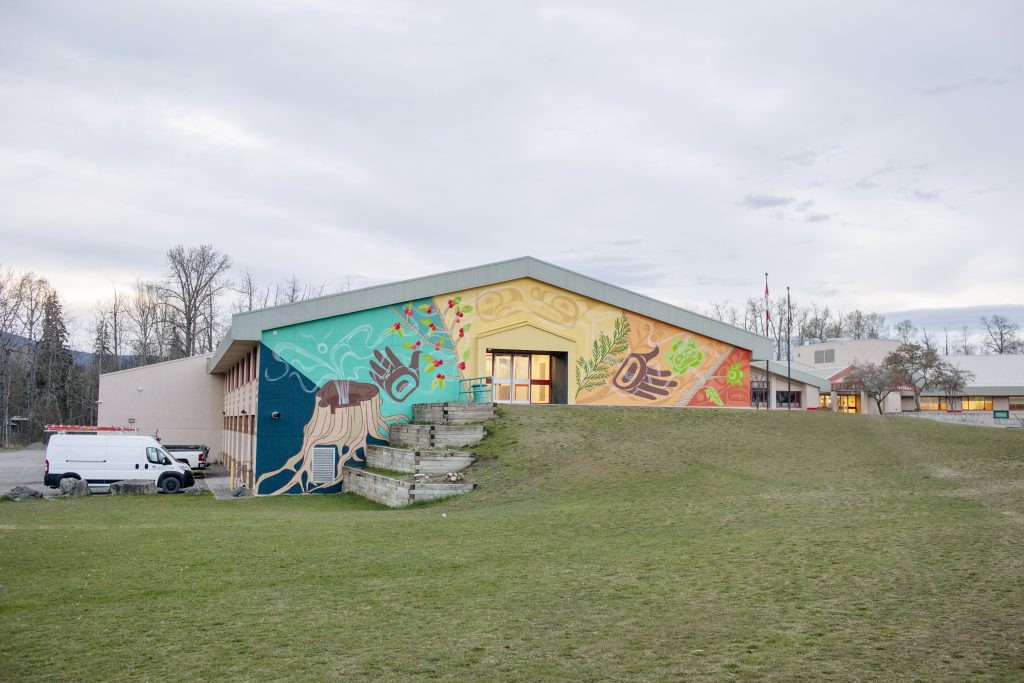
Strength and continuity of community
Theresa Stevens, cultural lead with Wila Dildilsdi’m, works to thread culture throughout the department’s prevention and preservation work. Before Wila Dildilsdi’m was established, she served as Gitanmaax’s child welfare representative — one of just two staff members. Today, the organization has grown to a 16-person team.
Among many things, Stevens runs parenting classes and an entrepreneurship program for young women, grounding each in Gitxsan culture and traditions.
Her philosophy spans past and future, with its foundation in Gitxsan life long before colonial contact, and envisioning a future where young people can once again walk alongside their ancestors.
One of her teachings for young parents is about traditional baby naming. In Gitxsan culture, names are chosen by aunts and uncles, who study the baby’s features — hands, feet, birthmarks — to see which ancestors’ traits they carry, reflecting their belief in reincarnation.
Another teaching is about cradleboards, traditional Gitxsan baby carriers; providing them is the responsibility of the father’s side of the family, which passes them down from one child to the next, symbolizing care and connection to family and ancestors. “Today, we have baby showers,” she smiled.
In her previous child welfare representative role, Stevens carried sweeping responsibilities — from attending court hearings to leading cultural workshops. At the time, she was one of only two band staff focused on child welfare.
Transitioning to her new role has been tough, she said. She used to thrive on adrenaline and the urgency of being responsible for every aspect of child protection.
“It’s a big change,” she said.
But even without the constant pressure, she realized she now carries a weighty responsibility — preserving culture and guiding the next generation.
“I know what my roles and responsibilities are as a matriarch in my own house,” she explained. “And I take that role seriously.”
She frames the role as having a different kind of intensity — one measured not in crises, but in the strength and continuity of her community.
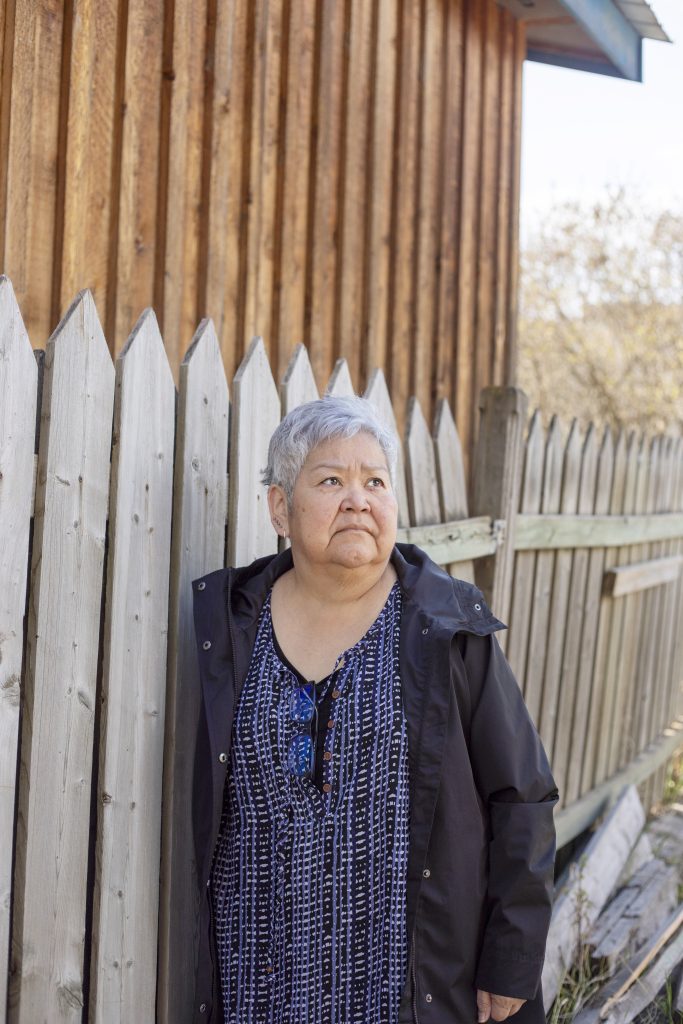
‘We need more Gitxsan families willing to look after Gitxsan children’
Tait knows how important it is to incorporate traditional teachings from the Gitxsan Huwilp — the nation’s hereditary system — and having control over where the children are placed.
But a big challenge, she said, is a shortage of Gitxsan caregivers.
“We could have all the say in the world in bringing everyone’s grandkids home, but if they have nowhere to go —,” she said, finishing her thought with a resigned shrug.
“We have no single placement in community to put a child in, if a child was removed today.”
Without a placement on reserve, children are often placed in “Prince George,” a more than five-hour drive east on Lheidli T’enneh territory.
“We need our own to open their homes,” said Barnes. “We need more Gitxsan families willing to look after Gitxsan children. We need caregivers everywhere.”
With nearly three-quarters of Gitanmaax membership living off-reserve, finding homes doesn’t get any easier.
“Sometimes children do need to be removed from their homes,” Tait acknowledged. “But it would be so much less traumatic if they could just go with family.”
But there are also barriers to family members taking care of a relative’s child. One of them is that MCFD requires any potential caregiver to undergo a criminal record check, which takes time.
“You could have a grandma willing to take her grandkids,” Tait explained, but as she waits for the paperwork to come through, “the child is placed in a random home for two weeks. Already, that’s trauma.”
Tait has personal experience with these challenges. After being approved as a caregiver for her niece, she still wasn’t allowed to leave the child with her own parents, even though Tait’s parents had been caregivers for years.
“They were so offended,” she said.
“I can see why people don’t want to deal with MCFD,” she added, explaining that those who want to become caregivers may face their own trauma with the ministry.
“Add to that the intergenerational impacts of residential schools, and people just fear the government and fear systems.”
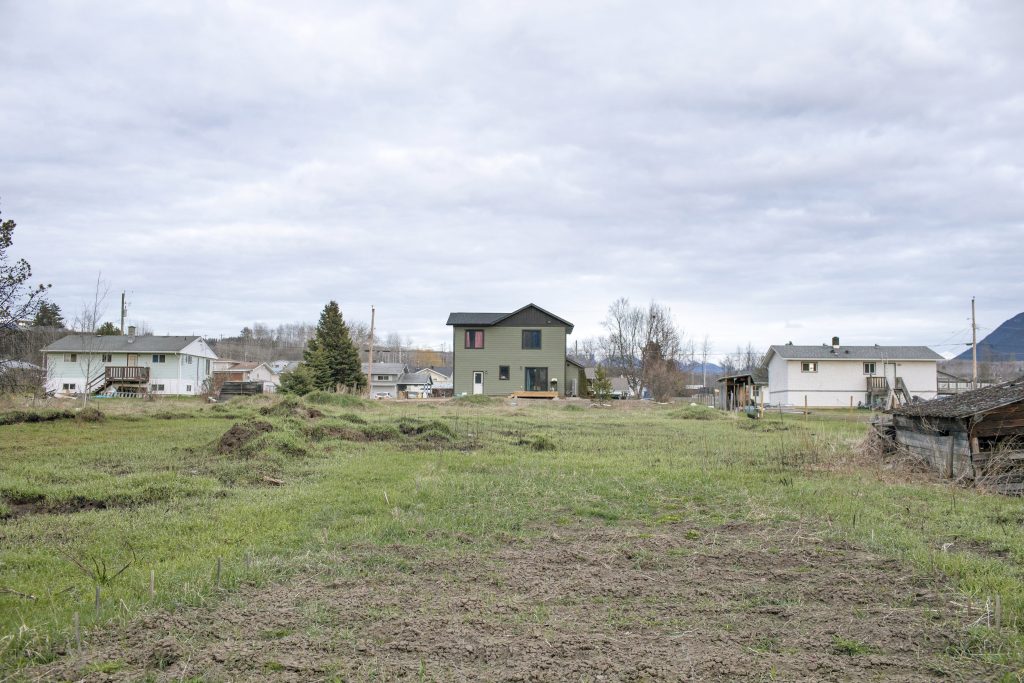
Ultimate goal is to rely on prevention work, avoiding social workers
Fortunately, the work Tait and Wila Dildilsdi’m have been doing over the past few years means it rarely gets to the point where a child is removed.
That’s especially the case since significant reforms that resulted from a Canadian Human Rights Tribunal (CHRT) 2016 ruling, which found that Canada’s underfunding of First Nations child welfare services was discriminatory. The tribunal ordered reforms to provide more equitable, culturally appropriate services.
These changes, implemented since 2022, included increased funding for young adults aging out of government care, for on-reserve housing, and to prevent child apprehensions.
Wila Dildilsdi’m itself, established in the same year, was a direct result of the CHRT ruling.
“I wouldn’t say there are less children in care today,” explained Woodworth. “But they are definitely more connected to family, and are aware of where they belong.”
Tait said her team has occasionally intervened by helping arrange one parent leaving a home so the child can stay with extended family.
“So that’s us trying to keep MCFD away,” she said.
But for now, it’s still the ministry that holds the authority to remove a child from their home.
Tait hopes it stays that way, believing more parents will be willing to work with Wila Dildilsdi’m if her team isn’t threatening to take their children away.
Over the coming years, however, Wila Dildilsdi’m plans to begin making its own decisions, as it gradually defines what full jurisdiction would look like for Gitanmaax.
“A big part of this process is consultation and community engagement,” said Julie Muldoe, jurisdiction project lead for the department. That process is expected to continue over the next three years.
“And there’s lots of different opinions,” she said, “so it’s really hearing all the discussions and trying to analyze what the best way forward will be.”
One thing the whole team seems to agree on already, however, is that they’ll probably never use the job title “social worker,” considering its history.
“It’s a colonial title,” said Woodworth, noting that while many Indigenous people around the world identify positively as social workers, in “Canada” the term is closely tied to the Sixties Scoop when many children were seized and placed with white families. Like many First Nations, Gitanmaax experienced a surge of child removals during and after that decade.
Woodworth spent years as an MCFD social worker on Gitxsan lax yip. He’s hoping to steer Wila Dildilsdi’m away from maintaining a government-style social work framework when it comes to child welfare. Such an approach can feel overly bureaucratic and disconnected from the community, he said.
“It starts to almost feel like you’re in the ministry, the way people talk,” he said. “And if we do that, then it’s not going to emotionally connect to people.”
Woodworth said the ultimate goal is to operate without social workers altogether.
“You do the prevention work so well that you don’t actually need it.”
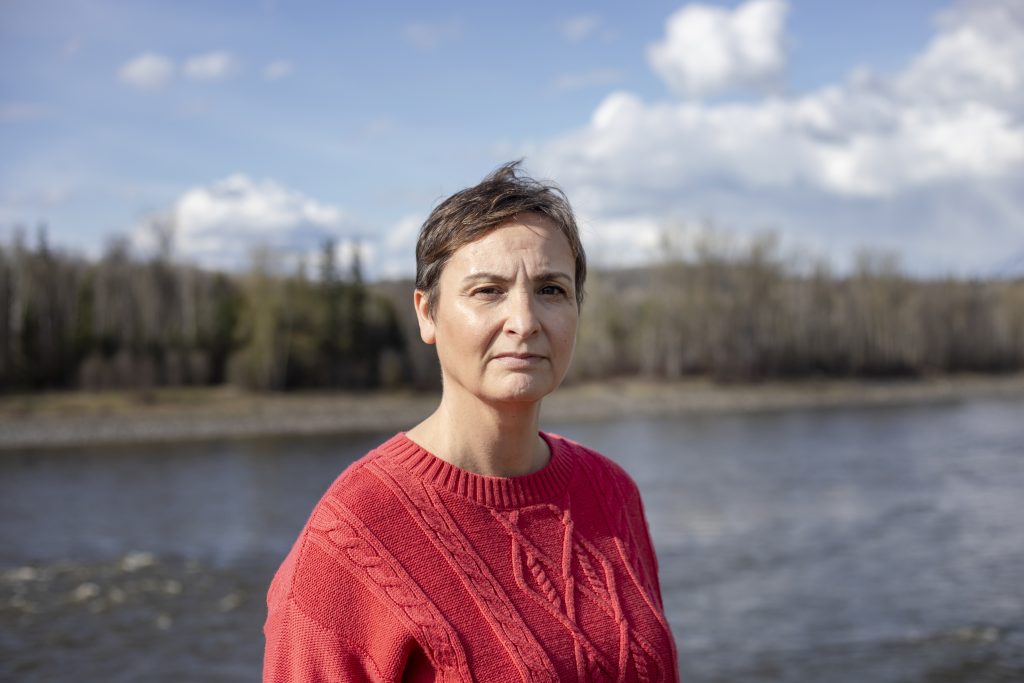
But keeping kids in permanent homes within the community isn’t easy, and takes considerable effort by the family preservation team.
Sometimes Woodworth and Muldoe worry that Tait — given her dual roles as both team lead of family preservation and First Nations representative — could burn out.
“It’s literally Jessica’s passion to find permanent homes for kids,” Woodworth told IndigiNews.
“But how long can one person do that job?” he asked, referring to her split role, which includes a caseload of at-risk families and attending all court proceedings.
He’d like to grow the team so that Tait is better supported. But finding the right person for the role is hard.
“You have to be a certain personality to be able to deal with the frontline,” he said. Muldoe echoed Woodworth’s concerns for their staff.
“For people doing that very difficult work, they’re hearing and seeing a lot of really tough things,” she said. Witnessing so much suffering can result in significant vicarious trauma.
At the time, Muldoe said, “You’re just trying to deal with the crisis. You’re trying to plan and make sure everybody’s safe and taken care of — and that really adds up.”
As a former frontline social worker for MCFD, Muldoe knows how this feels. She and Woodworth worked together on Gitxsan lax yip in the 2000s. After a life-altering car crash, Muldoe realized she needed to step away from frontline work. It was harming her mental health, her family and relationships, she recalled.
“I knew I had to make a change.”
But after accepting her job as jurisdiction lead at Wila Dildilsdi’m, she wasn’t convinced she was the right person for the role.
While she had broad experience in child welfare and community services, “I come from a place where my mom is non-Indigenous, and this is a matrilineal society,” she said.
Muldoe hasn’t been adopted into a Wilp, which has caused her to struggle with who she is in a community so rooted in a matrilineal culture.
“And so I’ve always had identity issues around that,” she said.
That struggle was further complicated, she said, feeling the tension of working for the Gitanmaax Band, while trying to honour the Gitxsan Huwilp — as the main driver of jurisdiction.
“As someone who doesn’t have a Wilp, doesn’t have a name, doesn’t go to feasts, and to do this work for an elective system, there’s a lot of contradictions there,” she said.
Muldoe’s grandmother on her father’s side was a residential “school” survivor. And Muldoe herself married into a family deeply impacted by colonial institutions.
“Our cultural connections were very fractured,” she explained.
Her grandmother didn’t attend feasts and only spoke her traditional language in private.
“I only heard her speak the language once before she passed away,” Muldoe recounted, “and she stopped as soon as I came into the room.”
Though modest, Muldoe believes she has a gift for bringing people together to spark conversations; and much of her role is focused on community engagement.
She’s also able to bring her lens as a former ministry worker. Being able to “speak that language” has allowed her to help translate government jargon to the community, she said.
When Muldoe first returned home to Gitanmaax in 2018, she decided to join a local women’s group — something far outside her comfort zone, she recalls.
In the past, during her ministry work, mingling with local women had felt complicated: she worried about blurring boundaries, or that they might be uncomfortable in her presence.
Now, finally free from those constraints, she thought reconnecting with familiar faces might feel good.
“Nobody in Gitanmaax ever treated me poorly,” she said. “Everybody was really good to me.”
As Stevens explains, it’s true that “identity is so important” to community members.
“Knowing who you are, believe me, makes all the difference,” she said. “And I think culture saves lives.”
For Muldoe, that truth has become deeply personal.
Returning home — and making steps towards reclaiming her own identity, daring to reconnect with her community — has become a key part of her own healing .
And from that healing, she found it allowed her to keep showing up for the families she serves, alongside the team at Wila Dildilsdi’m, every day.
Editor’s note: This story was produced as part of Spotlight: Child Welfare, a collaborative journalism project that aims to improve reporting on the child ‘welfare’ system. Tell us what you think.
Author
Latest Stories
-
‘Bring her home’: How Buffalo Woman was identified as Ashlee Shingoose
The Anishininew mother as been missing since 2022 — now, her family is one step closer to bringing her home as the Province of Manitoba vows to search for her
-
Gitanmaax charts a tough course ahead to keep kids in community
How a First Nation’s visionaries are rebuilding sovereignty over child welfare on their own terms
-
Through the years: How Gitxsan women fought to assert child welfare jurisdiction away from MCFD
The nation’s culture is matrilineal — which translates into how young people are protected and fought for, beyond colonial rules



